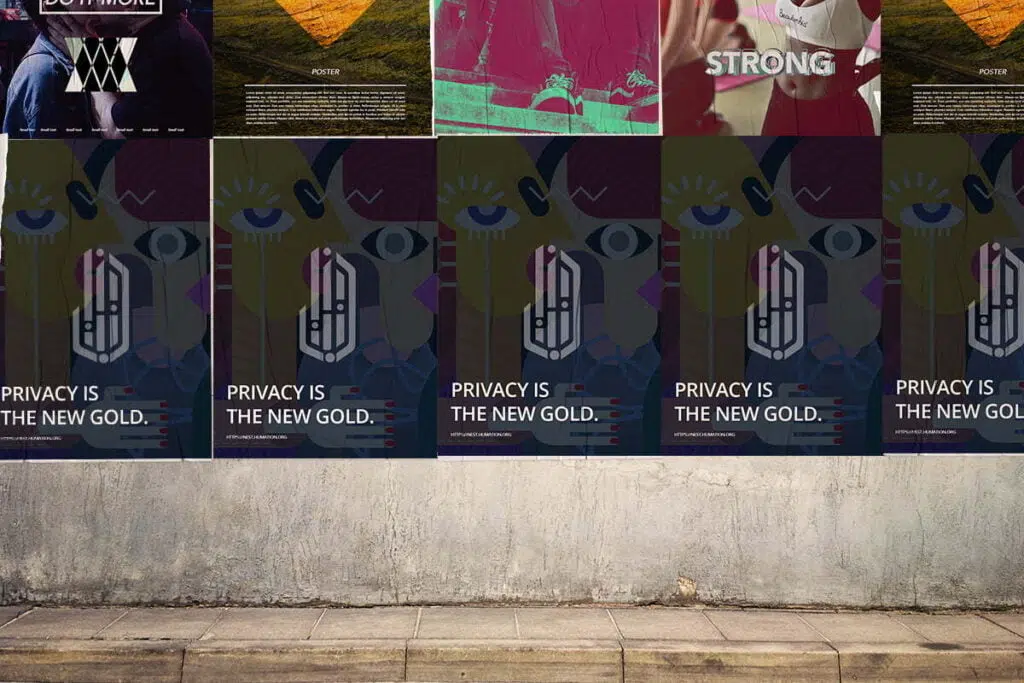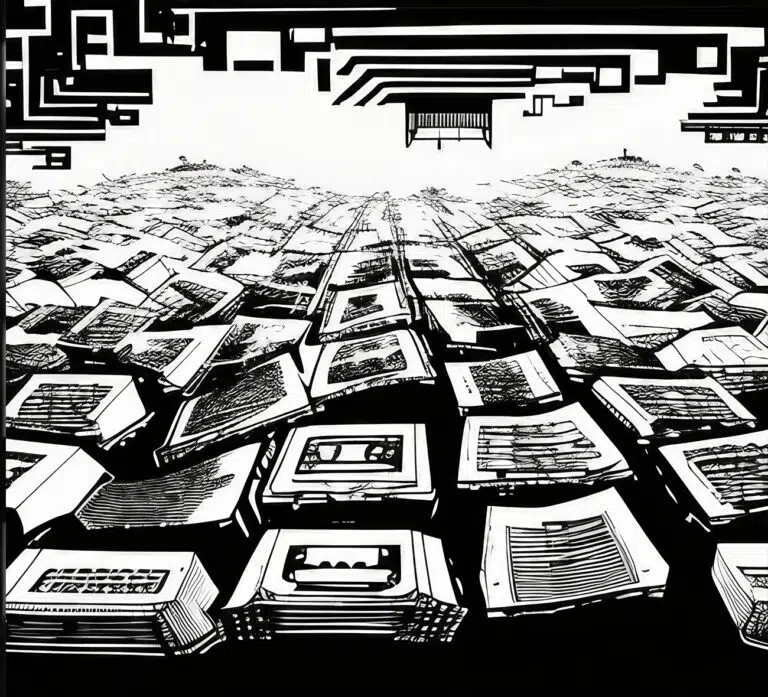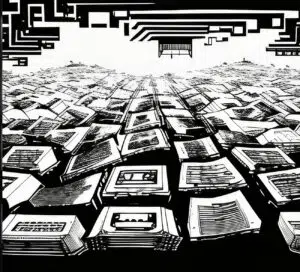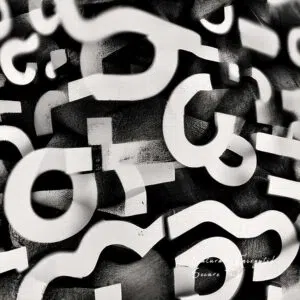“Beyond IoT and blockchain, the beauty of CRYPTOCURRENCIES is that centralized banks can’t control “ownership, value, and transactions.”
The founding of a trusted third party ensures security and transparency by confirming transactions and making them public. In other words, it proves who owns a certain input and outputs that change over time according to the formulas stored in the blockchain.
1. How blockchain technology works
Blockchain is a technology that allows people to interact, transact, and communicate without the need for a third-party like a bank. It’s a public ledger that records transactions in the form of blocks. Each block contains a timestamp and a link to the previous block. Transactions are added as blocks are added to the blockchain. A blockchain network, system or structure is a bit like a sequential chain: once a transaction is added to the blockchain, it doesn’t exist outside that particular blockchain. There is no room for verifying or unchecking transactions right now. However, with the growth of IoT technology, the possibility of linking different decentralized ledgers from different blockchains is approaching a reality.
Companies with IoT-connected devices could link their own blockchain and seamlessly communicate with partners already built with other blockchains. For example, blockchains such as Ethereum have been working on making it possible to use Ring’s SmartLock and see if you have your car’s locks converted into smart property. Goal-oriented developers could build applications that link different blockchain ledgers, allowing consumers to see how their funds are being used and verify whether a transaction has gotten confirmed or not.
Beyond IoT and blockchain, the beauty of cryptocurrencies is that centralized banks can’t control “ownership, value, and transactions.” Multiple financial institutions including many established banks and asset management houses are joining various foundations and ecosystem development teams. However, people were very skeptical of a technology that can be developed and owned by faraway computer nerds, without oversight by banks. Something in the blockchain had to be trusted, or it would be open to less scrutiny by foreign powers. The founding of a trusted third party ensures security and transparency by confirming transactions and making them public. In other words, it proves who owns a certain input and outputs that change over time according to the formulas stored in the blockchain.

2. How data on the blockchain is stored and encrypted
Data on the blockchain is stored in a very secure way. Each block of data is encrypted and linked to the previous block in the chain. In addition, the data is also duplicated across each computer within the network. It’s stored across a decentralized network of computers, which means there’s no central point of vulnerability that could be hacked. There are two main threats to your data stored on the blockchain. The first is from hackers accessing your data, and the second is from people accidentally adding their data to the blockchain. In both cases, people are able to spend or remove funds from an account in the blockchain. However, a hacker who hacks your data is usually limited to accessing your data once and for all. If your data ever gets changed, you’ll lose your hard-earned money. The solution to these two issues is adding security layers onto your data to prevent hackers from messing with it.
Ethereum is currently the most popular blockchain technology, and a huge portion of its value is stored in ELLs (Executable and Linked Leads). So, on average, you can see a link on the blockchain that looks like this: There are basically two things an attacker needs to be able to do to access an account on Ethereum. First, the hacker needs to be able to hide his IP address or pinpoint a specific location where he is trying to hack into a specific account. Second, hackers will need a high-enough number of ether to execute a complicated attack. To add extra security to your data, everyone on the internet and any computer within the course of your browsing history will be added to a cluster on the blockchain. In effect, these computers will generate new addresses for every user’s data. For this reason, it is possible for hackers to mask their IP address or hacks to be easily deduced. Therefore, it is suggested to store all sensitive data on a computer that’s locally connected to certain iterations of the internet.
3. The pros & cons of using blockchain for privacy
The pros: Blockchain is great for privacy. It’s not centralized in one location and it doesn’t rely on a third party to store data. But the cons: Blockchain can be slow and expensive because it’s on a peer-to-peer network and it needs to be verified. New information is added on top of the old so the information is kept safe. Meanwhile, new information is stored digitally on a peer-to-peer network. In that case, the original information is still safe and the information can be transferred instantly. And that information is stored on decentralized networks encrypted by blockchain. While blockchain technology is good, we need to have some precautions to protect data. A personal data breach is expensive, takes time, and can happen if users do not start with individual, personalized encryption for their data and activities as are then to be executed across blockchain networks.

Conclusion: The blockchain is the future of private data control. PEOPLE around the globe can finally stop dreaming about a world where THEY are in control of their own data and instead realize it by using blockchain technology to build a new, more secure future for themselves and their ACTIVITIES / CHOICES alike.
The blockchain is the future of personal data management, and users around the world should start taking the technology seriously. The decentralized, public ledger of the blockchain means that companies are no longer in control of their customer’s data. If a breach happens, anyone with access to that network (the whole world), will know about it and with complete transparency. Personal data is an essential asset. We can’t afford to ignore the future of the internet and blockchain tech yet, this journey must begin with individual and personalized encryption.” Albert Ini






